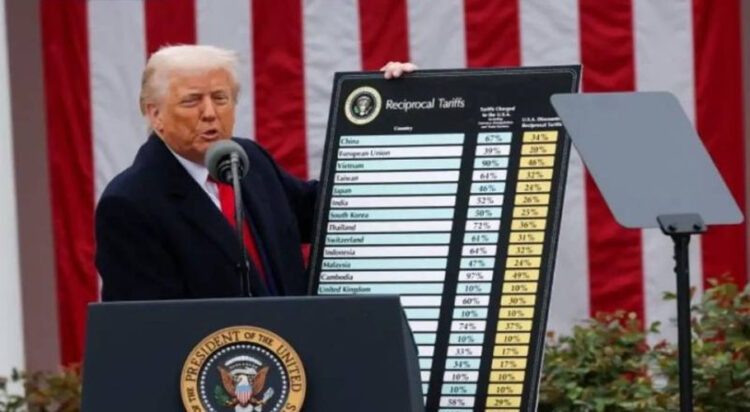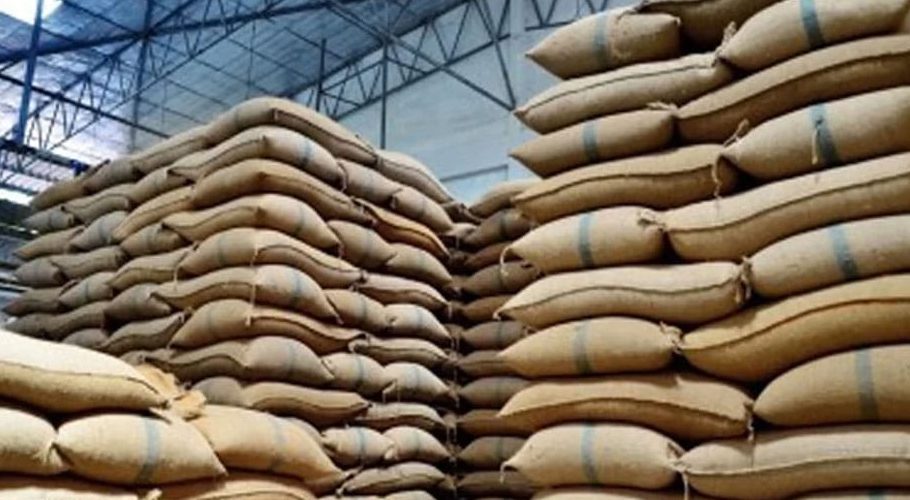The imposition of a 29% U.S. tariff on Pakistani goods will significantly strain Pakistan’s economy, particularly its export-dependent sectors.
Pakistan exports to the US is almost $6billion dollar annually while most of the goods Pakistan exports to the US has currently only 4-5 percent due to the GSP status Pakistan enjoys, however the significant increase in the tariff make it difficult for the South Asian country to compete in the US market.
As per information available online, textiles account for 60% of Pakistan’s exports and face immediate jeopardy. The tariff erodes cost advantages, threatening 15 million jobs in the sector.
Pakistani apparel exporters, already operating on thin margins (3–5%), may lose market share to Bangladesh and Vietnam, which enjoy duty-free U.S. access.
As per economic experts, reduced dollar inflows from exports could weaken the Pakistani rupee (PKR), which has already depreciated 35% since 2021. A weaker PKR would inflate import costs for essentials like oil and machinery.
Pakistan will also face increase in trade deficit which is already at $15.7 billion in FY25’s first eight months, could grow by 4% monthly if tariffs persist, straining foreign reserves ($8.1 billion as of March 2025).
Pakistan’s retaliatory 58% tariff on U.S. goods (including soybeans and cotton) may backfire by raising input costs for domestic industries reliant on these imports. IT exports to the U.S. may face indirect impacts if investor confidence wanes, though services are less tariff-exposed.





































